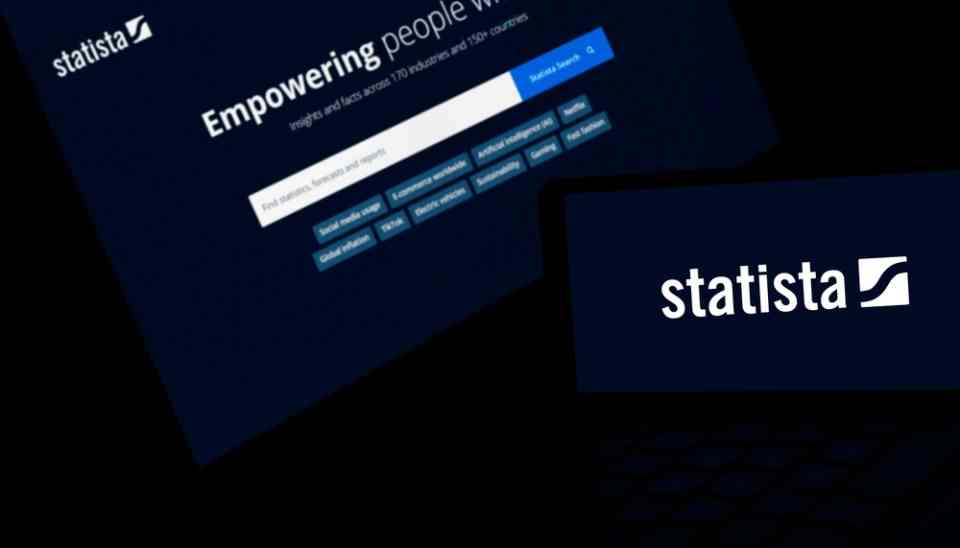We live in the digital age, where machine learning algorithms run most of our lives. From Siri to Google Maps to Tinder and Amazon, we constantly interact with these algorithms daily. They’re getting more advanced daily, with companies worldwide attempting to be at the forefront of this new technology.
Pattern recognition is a subset of machine learning and can be seen as an application of the scientific method using computational methods instead of experimental ones. In this article, we’ll discuss how pattern recognition can allow for more accurate and consistent decisions over time.
What Is Machine Learning?
Machine learning is a subset of AI which enables computers to learn from data without explicit programming. ML algorithms create models using sample data to generate predictions or suggestions. These models can predict whether a customer will churn, what price to offer a new product, or which ads to show a user.
Machine learning is constantly evolving as researchers develop new algorithms and techniques. Some recent advances in machine learning include deep learning and reinforcement learning.
A neural network method for machine learning is deep learning. It is based on the idea of artificial neural networks, which are computer systems that mimic the workings of the human brain. Deep learning allows machines to learn from data in a more human-like way.
Reinforcement learning is machine learning that involves training models to make decisions in complex environments. Reinforcement learning is used in many fields, including robotics, finance, and game playing.
What Is Pattern Recognition In Machine Learning?
Pattern recognition is a branch of machine learning that identifies and classifies patterns. Pattern recognition can be used for various tasks, such as classification, clustering, and anomaly detection.
There are a variety of methods that can be used for pattern recognition, including supervised learning, unsupervised learning, and deep learning. Supervised learning is where the data is labeled, and the algorithm is trained to learn from this data. Unsupervised learning is where the data is not marked, and the algorithm has to learn from this data. Neural networks are used in deep learning, a more sophisticated type of machine learning, to learn from data.
Each of these approaches has benefits and drawbacks. Supervised learning is generally more accurate but requires a lot of labeled data. Unsupervised learning is less accurate but does not require labeled data. Deep learning is the most accurate but is also the most computationally expensive.
Types Of Pattern Recognition
There are many different types of pattern recognition, each with its unique advantages and disadvantages. The most common types of pattern recognition are:
1. Statistical Pattern Recognition: This pattern recognition is based on mathematical and statistical models. It is often used in applications where the data is too complex to be analyzed by humans.
2. Neural Network Pattern Recognition: This pattern recognition is based on artificial neural networks. It is often used in applications where the data is too complex to be analyzed by humans.
3. Support Vector Machine Pattern Recognition: This pattern recognition is based on support vector machines. It is often used in applications where the data is too complex to be analyzed by humans.
4. Bayesian Pattern Recognition: This type of pattern recognition is based on Bayesian inference. It is often used in applications where the data is too complex to be analyzed by humans.
5. Case-Based Pattern Recognition: This type of pattern recognition is based on case-based reasoning. It is often used in applications where the data is too complex to be analyzed by humans.
6. Evolutionary Computation Pattern Recognition: This pattern recognition is based on evolutionary computation. It is often used in applications where the data is too complex to be analyzed by humans.
7. Indexed Vector Pattern Recognition: This type of pattern recognition does not require a training phase, only a retrieval phase. It is often used in applications where the data is too complex to be analyzed by humans.
8. Stochastic Numerical Optimization Pattern Recognition: This type of pattern recognition uses stochastic numerical optimization techniques to increase recognition speed.
9. Artificial Immune Systems Pattern Recognition: This type of pattern recognition is based on the immune system of a living organism but has been reprogrammed to use mathematical rules.
10. Unique Pattern Recognition: This type of pattern recognition is based on unique patterns instead of statistical or neural network patterns.
Benefits Of Pattern Recognition
There are many benefits to using pattern recognition, such as:
- Improved accuracy – by identifying patterns, you can more accurately classify data;
- Increased speed – pattern recognition can automate tasks that would otherwise be done manually;
- Improved efficiency – pattern recognition can help you optimize processes and make better use of resources;
- Improved decision-making – by understanding patterns, you can make better decisions; and
- Improved customer satisfaction – you can improve customer satisfaction by providing personalized recommendations and services.
Drawbacks Of Pattern Recognition
- Pattern recognition is the potential for bias- Certain data types are more likely to be correctly classified, which could lead to unfair outcomes. For example, if a machine learning algorithm is designed to identify terrorist activity, it may target ethnic minority groups disproportionately.
- Pattern recognition is time-consuming- Recognizing patterns can consume a lot of time and energy, which may not be available in times of crisis or emergency.
- Pattern recognition is often slow and tedious- Pattern recognition takes a long time to detect a pattern. The process can take even longer if many patterns are seen. Furthermore, recognizing patterns can also be error-prone, so it’s essential to have accurate data.
Conclusion
Pattern recognition is a key element of machine learning and can be used to significant effect in a wide range of applications. We hope this article has given you an excellent introduction to the topic and shown why it is so important. If you’re interested in learning more about pattern recognition, plenty of resources are available to help you get started.







































































